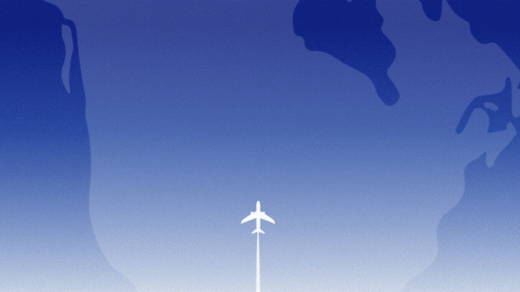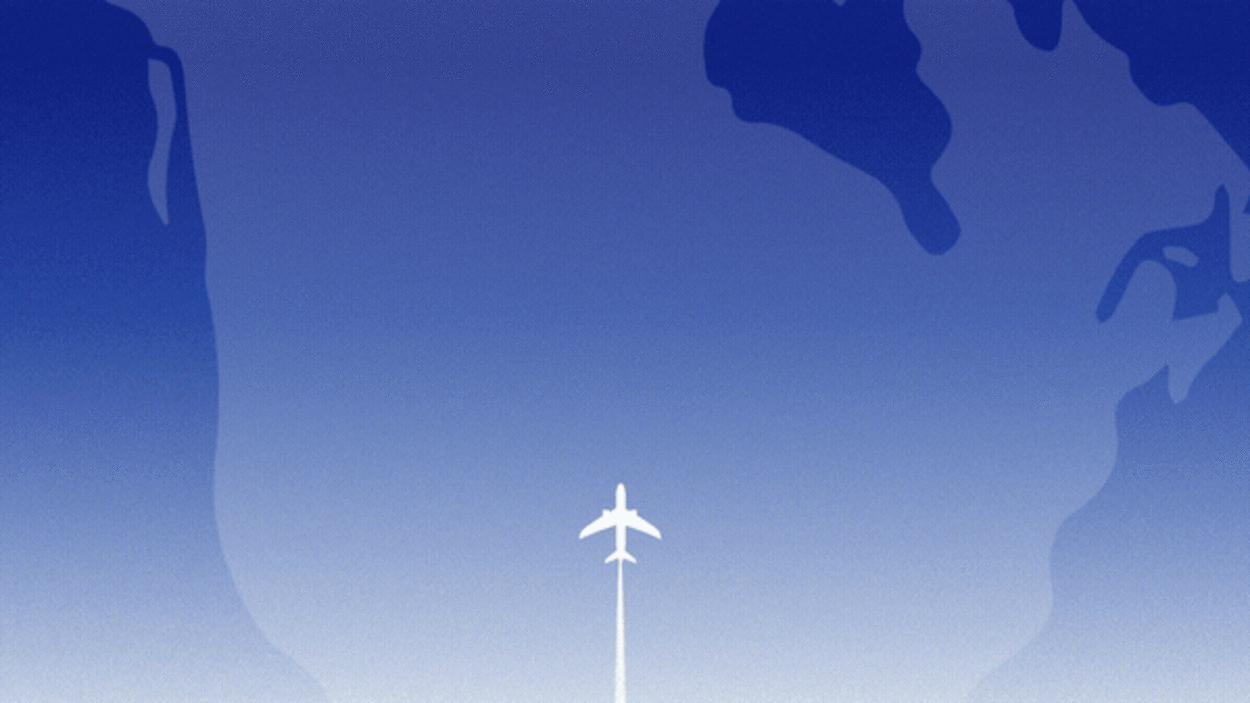How Google is using AI to tackle flying’s hidden dirty secret
The thin white clouds that often linger behind airplanes—contrails, short for condensation trails—have a major impact on the climate: They’re responsible for more than a third of the global warming that can be attributed to planes.
But new AI from Google, tested for six months by American Airlines, can tell pilots how to adjust their flight path to cut contrails by as much as 54%.
The clouds form when planes fly at high altitudes through certain patches of humid air, and water vapor and soot from the plane’s exhaust react to create ice crystals. If the conditions are right, contrails can last up to 10 hours, trapping heat in the atmosphere. (And no, they aren’t the “chemtrails” that conspiracy theorists claim, but they’re still bad.)
Attempts to avoid making contrails aren’t new. Military planes, in particular, want to avoid them so they can’t be tracked by enemies. But it’s difficult to predict exactly where a plane should fly. “Weather in the sky is notoriously inaccurate, especially for relative humidity, just because there aren’t many sensors up at that altitude,” says Juliet Rothenberg, who leads product management for Google’s Climate AI initiatives.
To tackle the problem, the team spent hundreds of hours labeling tens of thousands of satellite images of contrails (which look very similar to natural cirrus clouds, so it wasn’t an easy task). “We fed that into AI image detection models, and then use that coupled with massive quantities of weather data and flight data to develop state-of-the-art predictions,” she says. They also used open-source contrail data from Breakthrough Energy.
The six-month test with American Airlines proved that small adjustments to a flight, by going up or down a few thousand feet at specific locations, could make a large difference. Pilots regularly make similar changes to avoid turbulence. Software that’s used before and during flights to deal with turbulence could easily be adapted to add contrail data.
“Our goal is really to make contrails avoidance as ubiquitous and straightforward as turbulence avoidance,” Rothenberg says. “And there are software platforms that enable us to scale that up really readily.”
Right now, most airlines aren’t counting contrails as they study their climate impact in their plans to hit net zero. But the European Union’s emission trading system will soon start tracking this part of aviation’s footprint, and airlines are beginning to recognize that it’s a problem. After Google does more testing (including on night flights, when contrails can have a bigger effect), it plans to make its data and tools freely available so anyone can use them.
Other changes can also help, including removing chemicals from fuel that make contrails more likely. Some biofuel blends can also reduce contrails. But changing the path of a flight is a simpler step that could be implemented more quickly. It’s also something that airlines can do while they work on the much more challenging problem of eliminating CO2 emissions from fuel.
It’s also a low-cost way to tackle climate change, Rothenberg says, noting, “We’ve demonstrated that contrail avoidance may be one of the most cost-effective climate solutions, not only for the aviation industry but also for the economy as a whole.”
(11)



